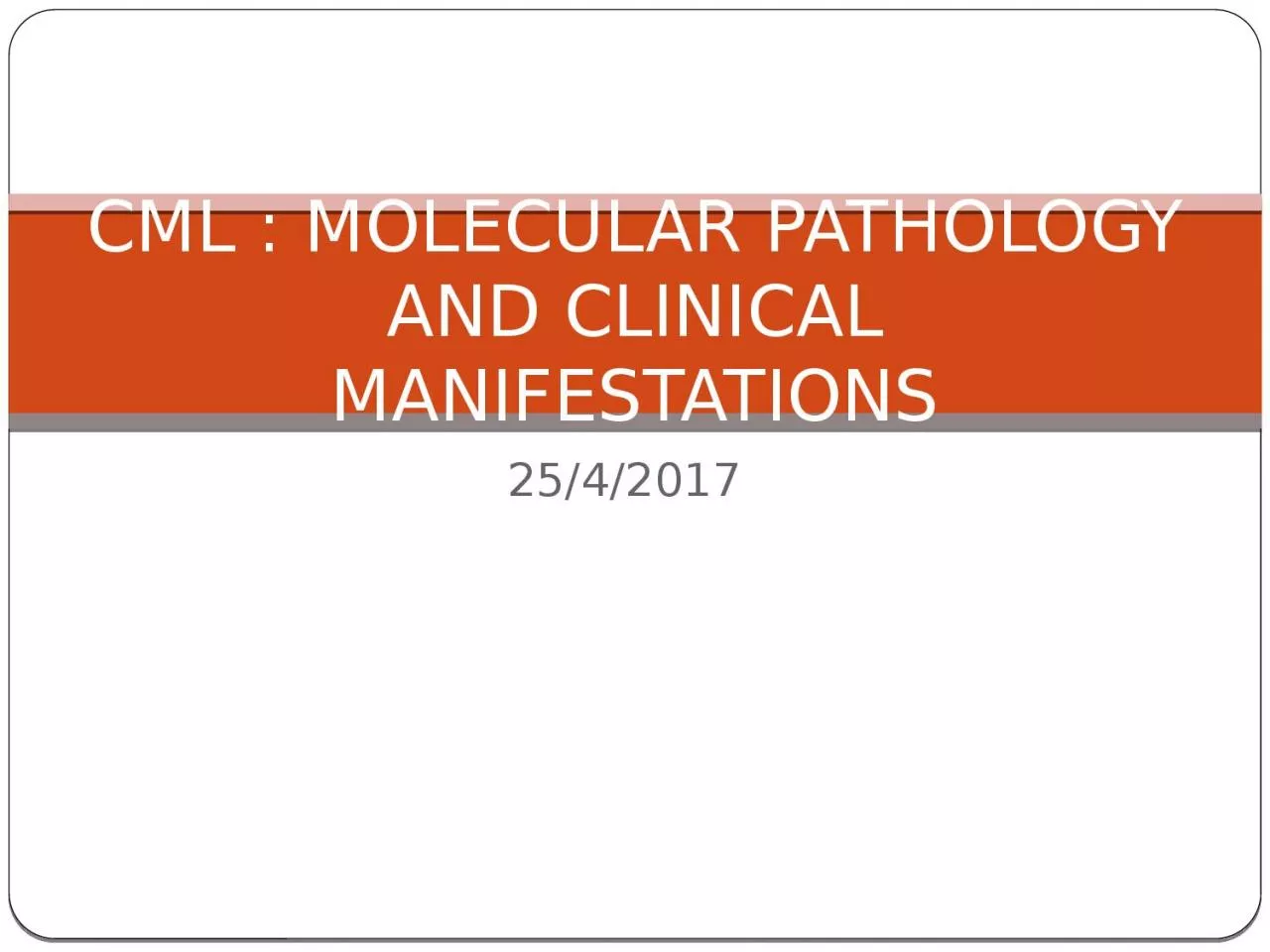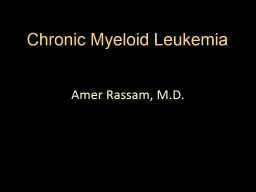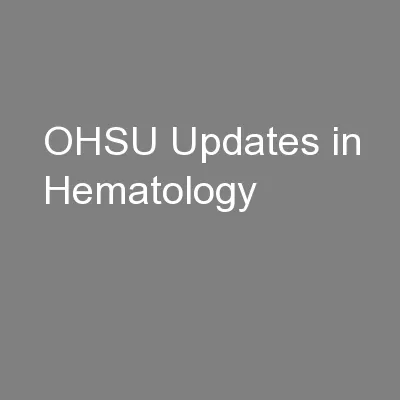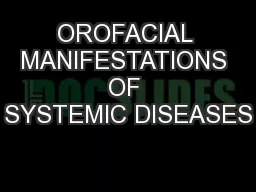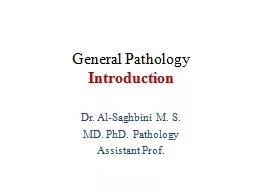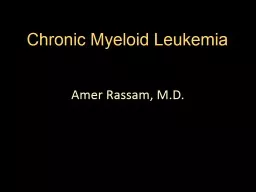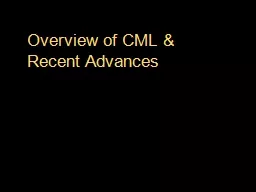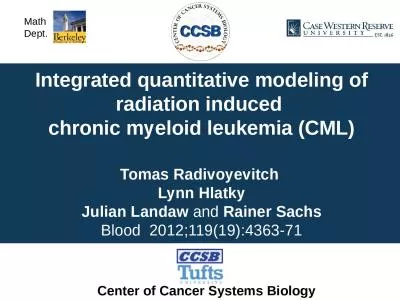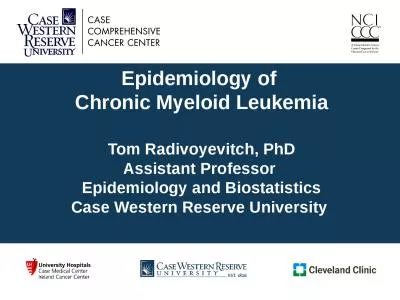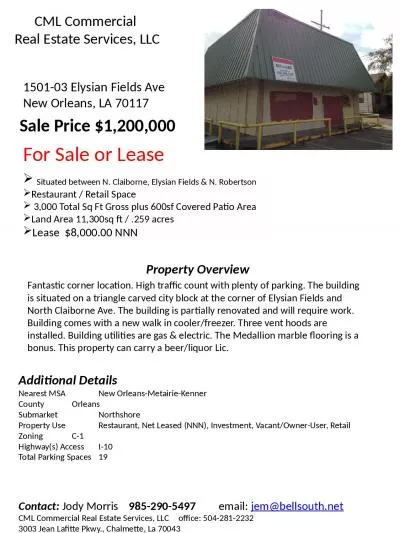PPT-25/4/2017 CML : MOLECULAR PATHOLOGY AND CLINICAL MANIFESTATIONS
Author : ImNotABaby | Published Date : 2022-07-28
Introduction and Basics Clonal hematopoietic stem cell disorder lt 2 of all paediatric leukemias Consistent chromosomal abnormality Philadelphia chromosome translocation
Presentation Embed Code
Download Presentation
Download Presentation The PPT/PDF document "25/4/2017 CML : MOLECULAR PATHOLOGY AND ..." is the property of its rightful owner. Permission is granted to download and print the materials on this website for personal, non-commercial use only, and to display it on your personal computer provided you do not modify the materials and that you retain all copyright notices contained in the materials. By downloading content from our website, you accept the terms of this agreement.
25/4/2017 CML : MOLECULAR PATHOLOGY AND CLINICAL MANIFESTATIONS: Transcript
Download Rules Of Document
"25/4/2017 CML : MOLECULAR PATHOLOGY AND CLINICAL MANIFESTATIONS"The content belongs to its owner. You may download and print it for personal use, without modification, and keep all copyright notices. By downloading, you agree to these terms.
Related Documents

